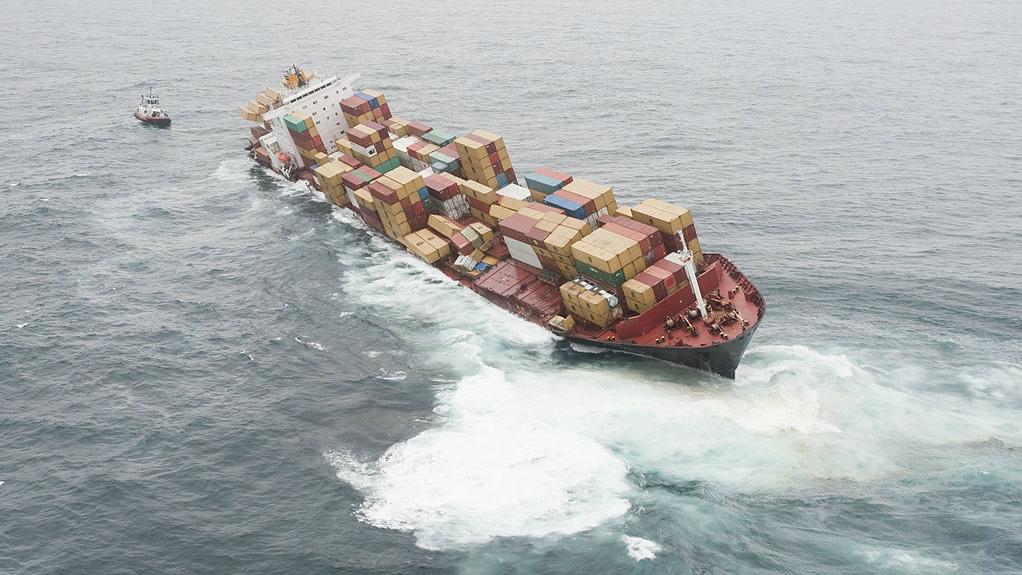IUMI Welcomes Revised York-Antwerp Rules

The International Union of Marine Insurance (IUMI) has welcomed the revised York-Antwerp Rules (YAR 2016) which were adopted by the Comité Maritime International (CMI) at its conference in New York last week.
The York-Antwerp Rules is a set of rules by which general average (GA) is adjusted. Under the doctrine of general average sacrifices and expenses arising from a marine casualty are apportioned between the ship, cargo and others interested in a common maritime adventure according to their contributory values at the termination of the voyage.
IUMI has a particular interest in their content as, on average, the GA system increases the cost of maritime casualties by 10 percent to 30 percent. The process of collecting GA security from all the cargo interests, assembling information about ship and cargo values and expenses then re-adjusting all GA expenses and sacrifices usually takes several years and prevents claims files being closed quickly.
For these reasons IUMI has, for more than 20 years, been campaigning for a set of YAR which allow more GA expenses to lie where they fall outside GA (but usually still covered as "particular average" under marine insurance policies) and encourage the quicker publication of GA adjustments.
YAR 2004 contained a number of measures which reduced the cost of GA such as a variable but generally lower interest rate on GA allowances (averaging 3.86 percent) and the abolition of commission at two percent. However, YAR 2004 was not incorporated into BIMCO’s standard forms of contract and so have remained largely redundant.
To resolve this, a CMI international working group undertook in 2012 a complete re-appraisal of YAR in view of adoption at the CMI conference last week.
The new YAR 2016 introduces some helpful measures which, if incorporated into contracts, may reduce insurers' GA exposure by a few percentage points, says IUMI.
The most important gains in the new YAR for insurers are:
1. Interest will be fixed annually at ICE LIBOR on the first banking day of each year in the currency of the adjustment plus four percentage points. For a US$ adjustment that would produce a rate of 5.18 percent for 2016 as opposed to seven percent under YAR 1994 or 2.5 percent for YAR 2004. However while this will result in savings in the short term if interest rates rise substantially insurers may be exposed to rates even higher than seven percent.
2. Commission at two percent will no longer be recoverable. This was one of the few changes made by the YAR 2004 which was retained.
3. Several measures designed to speed up the adjusting process have been introduced. These include excluding low value cargo from contributing in GA if the cost of including them is greater than their contribution and clarifying the process by which adjusters can estimate GA allowances in the absence of information from the parties.
4. Approved CMI guidelines about the nature and operation of the GA process have been introduced which it is hoped will assist those involved in GA in understanding what is required of them.
A number of changes made by the YAR 2004 or sought by IUMI have not been incorporated into YAR 2016. These include:
(a) Wages and maintenance of crew while a vessel is detained at a place of refuge are to be allowed (as in YAR 1994 but not in the YAR 2004).
(b) The cost of temporary repairs of accidental damage at a port of refuge will not be capped as it is under the YAR 2004 thus restoring the position under the YAR 1994.
(c) Salvage will be re-adjusted in GA in most cases save where such re-adjustment is going to make no material difference to the parties' situations, the so-called simple salvage situations.
BIMCO is now to decide if will approve the YAR for incorporation into their standard contracts. Should this be done the new YAR should start to be incorporated into contracts of carriage by the end of 2016.
General Average and York-Antwerp Rules
Under the doctrine of GA sacrifices and expenses arising from a marine casualty are apportioned between the ship, cargo and others interested in a common maritime adventure according to their contributory values at the termination of the voyage. The YAR is a set of 7 lettered and 23 numbered rules by which GA is adjusted. The earliest version of the YAR was introduced in 1860 in an attempt to harmonize the widely differing practices of average adjusters across the world and since then nine new versions have been introduced. For at least 70 years the CMI has been the custodian of the YAR.
The YAR are not an international convention and generally apply only when incorporated into contracts for the carriage of goods by sea which are usually on standard forms, most often approved by the shipowners' industry body, BIMCO.
Hull and cargo insurers cover their assureds' GA liabilities in most standard forms of policy and are thus often termed the "paymasters" of the GA system. However because they do not have any influence on the terms of the contracts of carriage they cannot determine the extent of the GA allowances for which they are potentially liable. There is no accurate estimate of the amount of money moved in GA but it would be surprising if it were found to be less than $1 billion each year.
